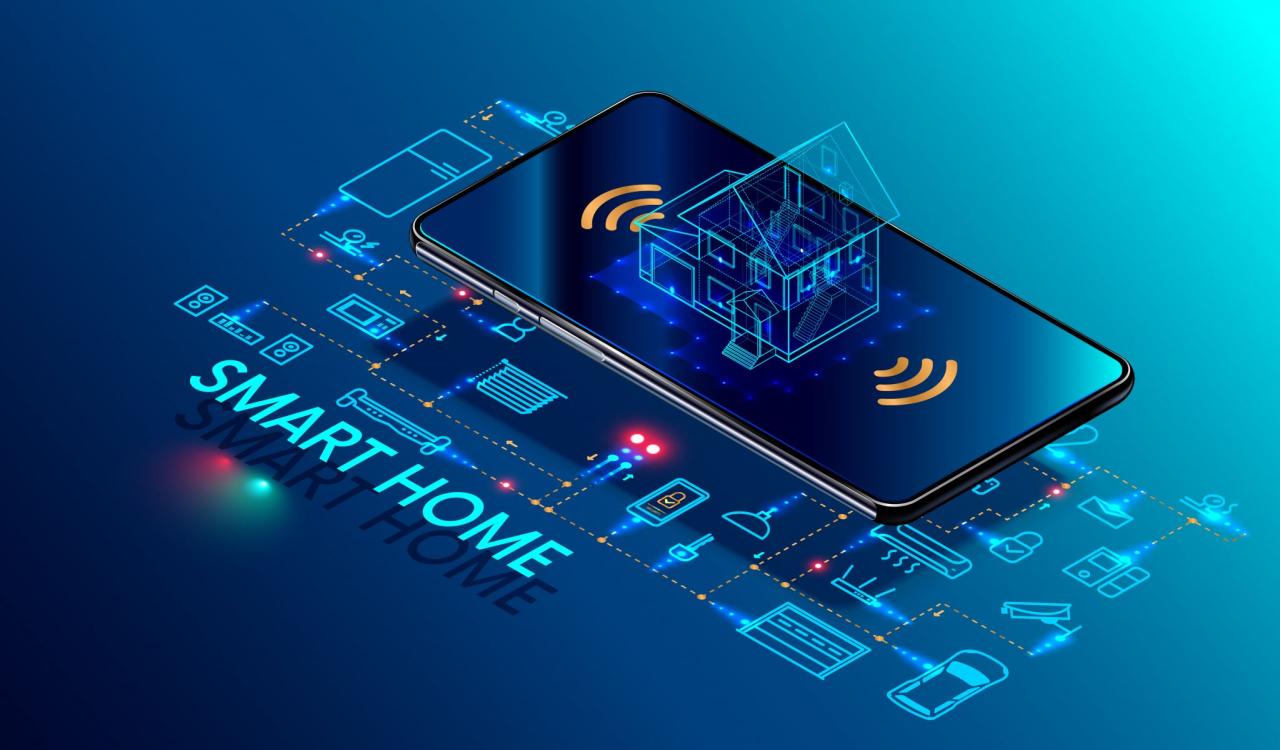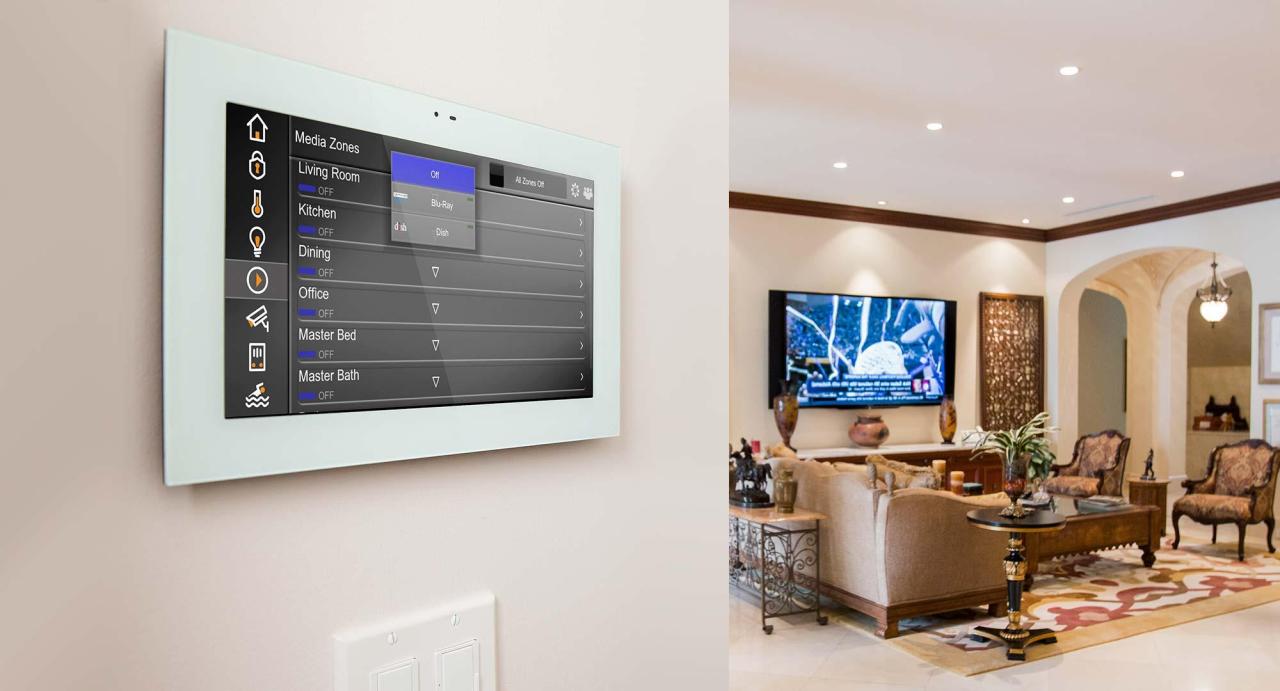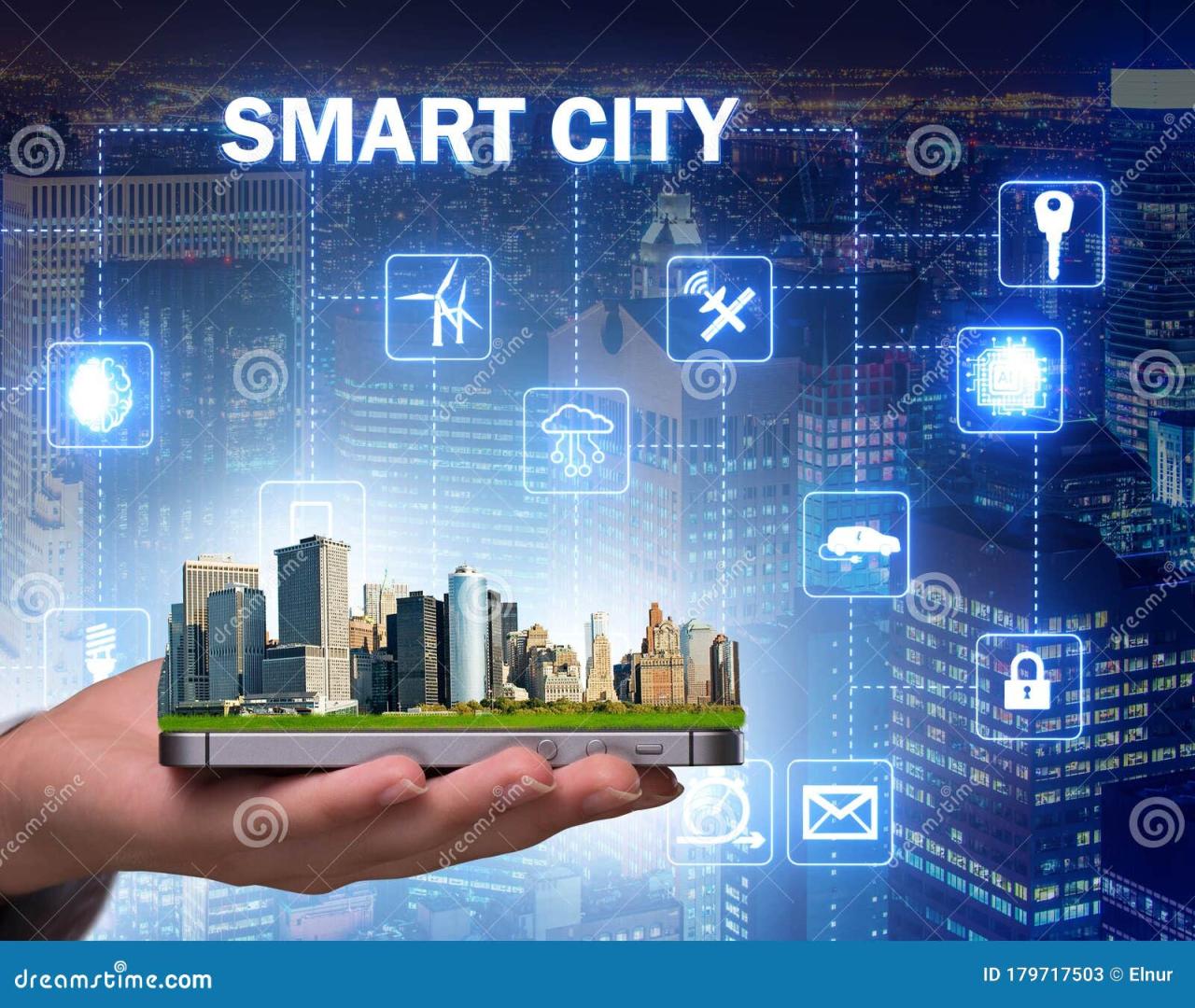Smart home automation systems have transformed the way we live, offering unparalleled convenience and security right at our fingertips. From controlling the lights to monitoring security cameras, these systems make our lives easier and safer. Let’s delve into the world of smart home automation and explore its endless possibilities.
Overview of Smart Home Automation Systems

Smart home automation systems refer to the integration of various devices and technologies to control and automate different aspects of a home. These systems offer numerous benefits, including increased convenience, improved energy efficiency, enhanced security, and overall comfort for homeowners.
Components of Smart Home Automation Systems
- Smart thermostats: Allow for remote temperature control and scheduling, optimizing energy usage.
- Smart lighting: Enables users to adjust lighting levels and colors through voice commands or mobile apps.
- Smart security cameras: Provide real-time monitoring and alerts for enhanced home security.
- Smart door locks: Allow for keyless entry and remote access management for added convenience.
- Voice assistants: Enable voice control of various devices and systems for hands-free operation.
Enhanced Convenience and Security, Smart home automation systems
Smart home automation systems offer unparalleled convenience by allowing users to control various functions of their homes remotely. Whether adjusting the thermostat, turning off lights, or checking security cameras, homeowners can easily manage their living spaces from anywhere. Additionally, these systems enhance security by providing real-time alerts, monitoring capabilities, and remote access control, giving homeowners peace of mind and a sense of safety.
Types of Smart Home Automation Devices: Smart Home Automation Systems

Smart home automation devices have revolutionized the way we interact with our living spaces, offering convenience, efficiency, and security. Let’s explore some of the popular smart devices used in home automation systems.
Smart Thermostats
Smart thermostats are designed to regulate the temperature of your home efficiently, saving energy and money. They can be controlled remotely through a smartphone app, learn your heating and cooling preferences, and even adjust the temperature based on your schedule.
Smart Lighting
Smart lighting systems allow you to control the brightness, color, and scheduling of your lights from anywhere. You can create custom lighting scenes, set timers for turning lights on and off, and even sync them with other smart devices for a seamless experience.
Smart Door Locks
Smart door locks provide enhanced security by allowing you to lock and unlock your doors remotely. You can create unique access codes for family members or guests, receive notifications when someone enters or exits your home, and integrate them with other smart home devices for a comprehensive security system.
Voice-Controlled Devices
Voice-controlled devices like Amazon Echo or Google Home have become popular additions to smart home systems. They allow you to control various devices with simple voice commands, play music, check the weather, set reminders, and more. These devices serve as the central hub for managing your smart home ecosystem seamlessly.
Installation and Setup of Smart Home Automation Systems
Smart home automation systems are becoming increasingly popular due to their convenience and efficiency in managing household tasks. Installing and setting up a basic smart home automation system can be done by following a few simple steps.
Step-by-step Guide
- Choose the right smart home automation system based on your needs and budget. Research different brands and products to find the best fit for your home.
- Install the central hub or controller in a central location in your home to ensure optimal connectivity with all smart devices.
- Connect all smart devices to the central hub using the manufacturer’s instructions. This typically involves downloading the corresponding app and following the on-screen prompts.
- Create automation routines and schedules within the app to control when and how your devices operate. This can include turning lights on and off, adjusting thermostat settings, and more.
- Test the system to ensure all devices are functioning correctly and responding to commands as expected.
Common Challenges and Troubleshooting
- Interference with Wi-Fi signals can cause connectivity issues. To troubleshoot, consider moving the central hub or router to a different location or investing in a Wi-Fi extender.
- Compatibility issues between devices from different manufacturers can lead to functionality problems. Ensure all devices are compatible with your chosen smart home automation system before purchasing.
- Software updates can sometimes disrupt the system’s functionality. Regularly check for updates and install them to ensure optimal performance.
Professional Installation Services
For complex smart home automation setups or for those who prefer a professional touch, there are installation services available. These professionals can help design, install, and set up a customized smart home automation system tailored to your specific needs and preferences.
Security and Privacy Concerns in Smart Home Automation
Smart home automation systems offer convenience and efficiency, but they also come with potential security risks that need to be addressed. As our homes become more interconnected through devices like smart locks, cameras, and thermostats, it’s essential to prioritize security and privacy to protect our personal information and ensure a safe living environment.
Potential Security Risks
- Unauthorized access: Hackers may exploit vulnerabilities in smart home devices to gain access to your home network, compromising sensitive data or even controlling your devices remotely.
- Data breaches: Personal information collected by smart home devices, such as cameras and voice assistants, could be at risk if not properly secured, leading to privacy violations.
- Device hijacking: Malicious actors could take control of your smart devices, disrupting their normal functions or using them for malicious purposes.
Best Practices for Securing Smart Home Devices
- Regularly update firmware: Keep all smart home devices up to date with the latest security patches to protect against known vulnerabilities.
- Use strong, unique passwords: Create complex passwords for each smart device and your home network to prevent unauthorized access.
- Enable encryption: Utilize encryption protocols like WPA2 for your Wi-Fi network to secure communication between devices and the network.
- Implement network segmentation: Separate smart home devices from your main network to contain potential breaches and limit access to sensitive data.
Importance of Data Privacy and Safeguards
- Review privacy policies: Understand how smart home devices collect, store, and share your data, and opt for devices that prioritize user privacy and data protection.
- Disable unnecessary features: Turn off any features or services on smart devices that you don’t need to minimize the amount of data collected and shared.
- Secure network communication: Utilize virtual private networks (VPNs) for an added layer of security when accessing smart home devices remotely.
Clarifying Questions
How do smart home automation systems benefit households?
Smart home automation systems offer convenience by allowing remote control of various devices and enhance security through features like motion sensors and surveillance cameras.
What are some popular smart devices used in home automation systems?
Popular smart devices include smart thermostats for efficient energy usage, smart lighting for ambiance control, and smart door locks for enhanced security.
How can I secure my smart home devices from cyber threats?
Secure your smart home devices by using strong, unique passwords, keeping software up to date, and setting up a separate network for IoT devices.







